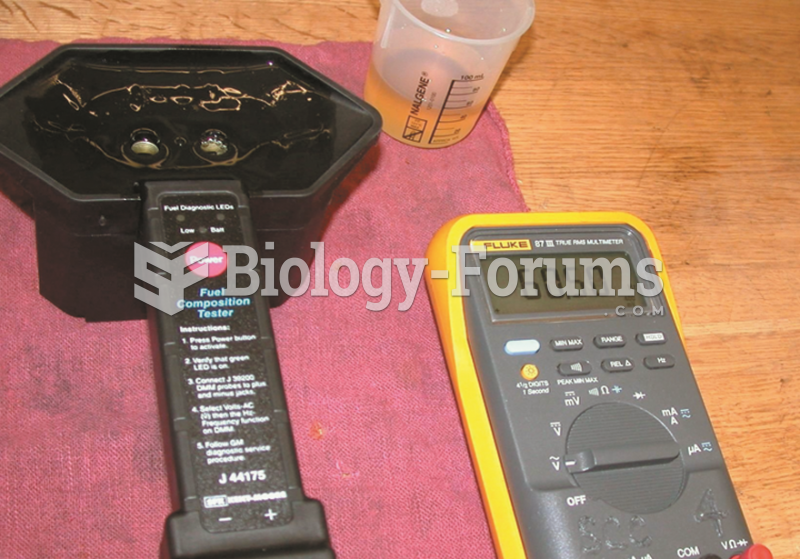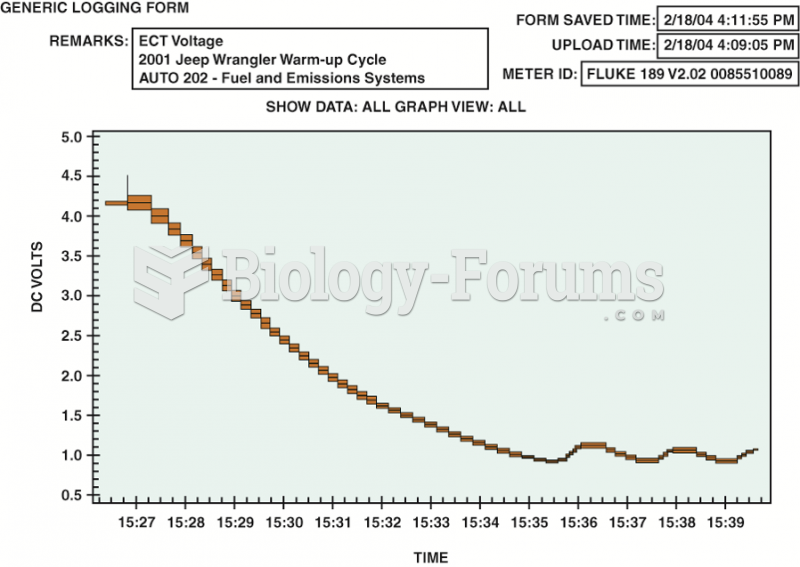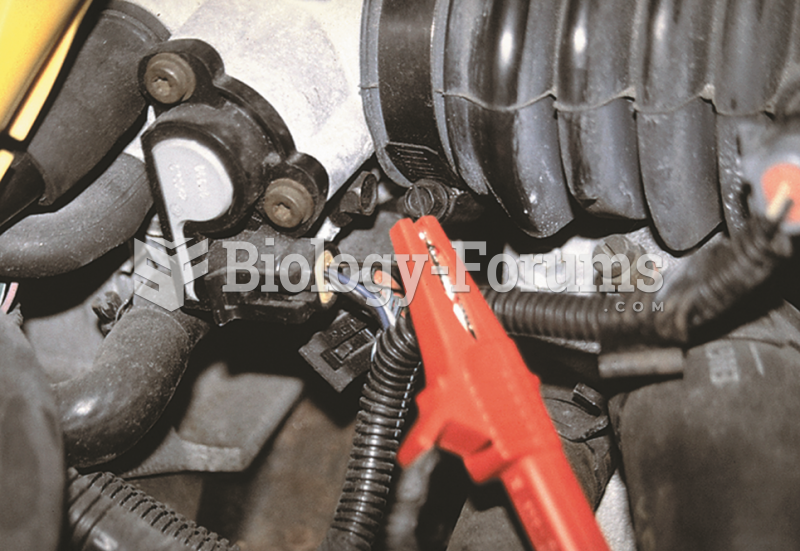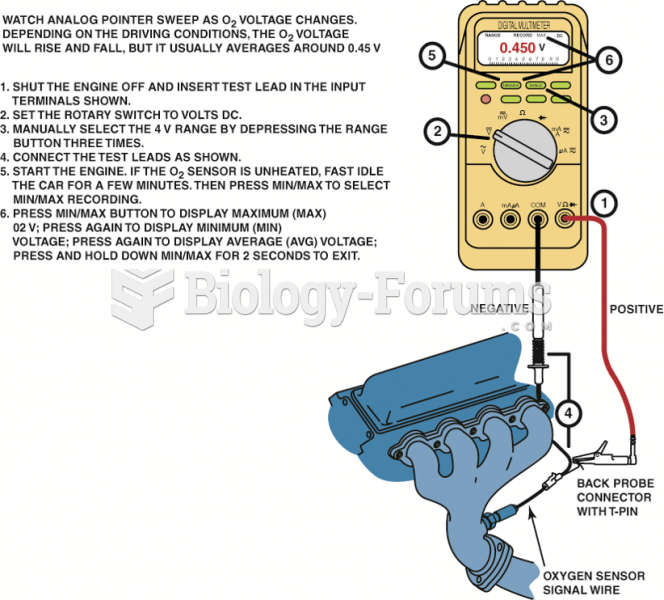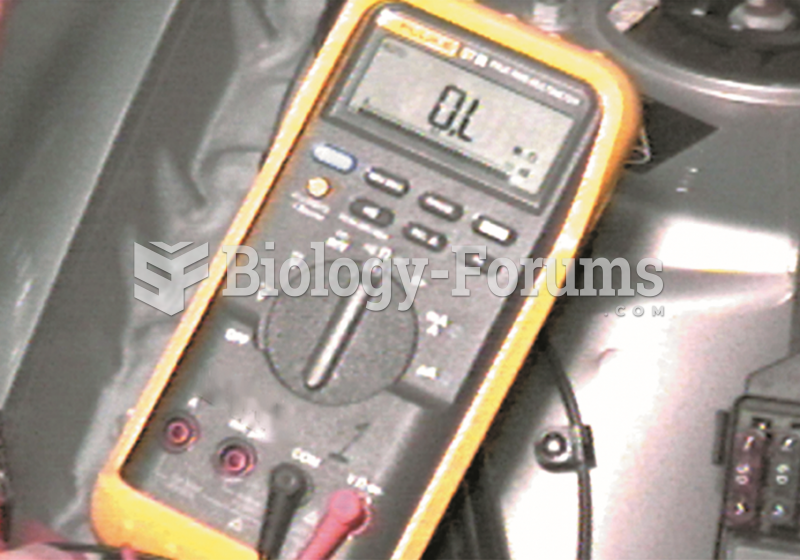Which is longer, a meter or a yard?
Question 2
A liter has a volume of ______________ cubic centimeters.
Fill in the blank(s) with correct word
Question 3
A(n) ______________ is a comparison of an unknown physical quantity with the standard unit.
Fill in the blank(s) with correct word
Question 4
A combination of one or more fundamental units is called a(n) ______________ unit.
Fill in the blank(s) with correct word
Question 5
A set value for a fundamental quantity is called a(n) ______________ unit.
Fill in the blank(s) with correct word
Question 6
The unit of density in the mks system is ______________.
Fill in the blank(s) with correct word
Question 7
One liter of pure water at its maximum density has a mass of 1 ______________.
Fill in the blank(s) with correct word
Question 8
The standard unit of mass in the SI is the ______________.
Fill in the blank(s) with correct word
Question 9
Liquid density may be measured with a(n) ______________.
Fill in the blank(s) with correct word
Question 10
The ratio of mass to volume is known as ______________.
Fill in the blank(s) with correct word
Question 11
Given that 1 L = 0.266 gal, the conversion factor for converting gallons to liters would be ______________.
Fill in the blank(s) with correct word
Question 12
The British system is a(n) ______________ , or base-12 system.
Fill in the blank(s) with correct word
Question 13
The metric system is a(n)______________ system.
Fill in the blank(s) with correct word
Question 14
In the metric system, a penny might be called a(n) ______________ dollar.
Fill in the blank(s) with correct word
Question 15
There are 10 mm in a(n) ______________.
Fill in the blank(s) with correct word
Question 16
A metric ton is ______________ kg.
Fill in the blank(s) with correct word
Question 17
The meter is defined in terms of the speed of ______________.
Fill in the blank(s) with correct word
Question 18
On a computer, a megabyte of memory is ______________ bytes.
Fill in the blank(s) with correct word
Question 19
SI stands for the ______________ of units.
Fill in the blank(s) with correct word
Question 20
Time is sometimes thought of as a fourth dimension of ______________.
Fill in the blank(s) with correct word
Question 21
In the metric mks system of units, the letter s stands for ______________.
Fill in the blank(s) with correct word
Question 22
In the metric mks system of units, the letter m stands for ______________.
Fill in the blank(s) with correct word
Question 23
In the metric mks system of units, the letter k stands for ______________.
Fill in the blank(s) with correct word
Question 24
An object's mass would be the same on Earth and on the Moon, but its ______________ would be different.
Fill in the blank(s) with correct word
Question 25
An object's ______________would be the same on Earth and on the Moon, but its weight would be different.
Fill in the blank(s) with correct word
Question 26
______________ is a measurement of the quantity of matter.
Fill in the blank(s) with correct word
Question 27
______________ is the continuous forward flow of events.
Fill in the blank(s) with correct word
Question 28
The measurement of space in any direction is called ______________.
Fill in the blank(s) with correct word
Question 29
The three fundamental quantities studied in Chapter 1 are length, mass, and ______________.
Fill in the blank(s) with correct word
Question 30
A proposed concept or model of nature is tested using the ______________.
Fill in the blank(s) with correct word
Question 31
A(n) ______________ is a tested explanation of a broad segment of basic natural phenomena.
Fill in the blank(s) with correct word
Question 32
A hypothesis is a very tentative explanation of some ______________ of nature.
Fill in the blank(s) with correct word
Question 33
The scientific method holds that no theory is valid unless its predictions are in accord with ______________.
Fill in the blank(s) with correct word
Question 34
A scientific law is a concise statement that describes a(n) ______________ of nature.
Fill in the blank(s) with correct word
Question 35
The natural sciences are divided into physical sciences and ______________ sciences.
Fill in the blank(s) with correct word
Question 36
The natural sciences are divided into ______________ sciences and biological sciences.
Fill in the blank(s) with correct word
Question 37
When the measured quantity 45.67 kg is divided by the measured quantity 3.42 L, the answer should have how many significant figures?
a. Three
b. One
c. Four
d. Two
Question 38
For the multiplication of 6.3 m divided by 2.8 m, the result should be reported with how many significant figures?
a. Two
b. One
c. Three
d. Four
e. Seven
Question 39
For the multiplication of 2.817 m divided by 6.3 m, the result should be reported with how many significant figures?
a. Two
b. One
c. Three
d. Four
e. Seven
Question 40
For the multiplication of 4.212 m divided by 7.60 m, the result should be reported with how many significant figures?
a. Two
b. One
c. Three
d. Four
e. Seven
Question 41
For the multiplication of 4.4 m times 1.5 m, the result should be reported with how many significant figures?
a. Two
b. One
c. Three
d. Four
e. Seven
Question 42
For the multiplication of 7.443 m times 8.5 m, the result should be reported with how many significant figures?
a. Two
b. One
c. Three
d. Four
e. Seven
Question 43
For the multiplication of 4.769 m times 7.20 m, the result should be reported with how many significant figures?
a. Two
b. One
c. Three
d. Four
e. Seven
Question 44
A measurement of 0.00254 g is the same as
a. 0.254 mg.
b. 25.4 mg.
c. 254 mg.
d. 2.54 mg.
e. none of these.
Question 45
The speed of light in a vacuum is 300,000,000 m/s. Represented in powers-of-10 notation, this is
a. 30 108m/s.
b. 3 107m/s.
c. 30 106m/s.
d. 3 108m/s.
Question 46
One megawatt contains how many watts?
a. 103
b. 10-6
c. 106
d. 10-3
Question 47
One microgram (g) contains how many grams?
a. 10-3
b. 10-6
c. 10-9
d. 103
Question 48
Expressed in standard powers-of-10 notation and rounded to four significant figures, the number 0.00023648 is
a. 2.364 103.
b. 2.365 104.
c. 2.365 10-4.
d. 236.4 10-6.
Question 49
Rounding the number 200.601 to three significant figures
a. gives 199.
b. gives 200.
c. gives 200.601
d. gives 201.
e. cannot be done.
Question 50
When multiplying and/or dividing quantities, you should report
a. the result rounded to the same number of digits as there are in the quantity with the greatest number of significant figures.
b. all the digits that show on your calculator.
c. only whole numbers.
d. the result rounded to the same number of digits as there are in the quantity with the least number of significant figures.
Question 51
A method of expressing the accuracy of measured quantities is
a. metric prefixes.
b. derived units.
c. significant figures.
d. conversion factors.
Question 52
A relationship such as 1 in. = 2.54 cm is a(n)
a. equivalence statement.
b. base unit.
c. derived unit.
d. fundamental quantity.
Question 53
Density describes
a. mass per unit volume.
b. length per unit time.
c. volume per liter.
d. weight per mass.
Question 54
Which of the following quantities expressed in derived units includes the unit of length?
a. Area
b. Volume
c. Speed
d. Density
e. All of these
Question 55
A metric ton (or tonne) is
a. the same as a British ton.
b. not defined.
c. a mass unit.
d. a weight unit.
Question 56
A derived unit
a. involves only length.
b. is a combination of units.
c. applies only to density.
d. is not found in the metric system.
Question 57
What is the mass of 25 cm3 of pure water?
a. None of these
b. 25 kg
c. 25 g
d. 25 mL
Question 58
The International System of Units (SI) has ______________ base units.
a. four
b. six
c. seven
d. five
Question 59
Which of the following is not a derived quantity?
a. Volume
b. Speed
c. Mass
d. Density
Question 60
A hydrometer is used to measure
a. the time for an object to sink.
b. water (hydro).
c. the volume of a quantity of water.
d. liquid density.
Question 61
In buying a product, a shopper has a choice of the following amounts, all at the same price. Which is the best buy?
a. 432 cc
b. 1 pint
c. 1 half-liter
d. 450 mL
Question 62
An object transported from Earth's surface to the surface of the Moon has
a. the same mass, but different weight.
b. the same weight, but different mass.
c. the same mass and the same weight.
d. different mass and different weight.
e. none of these.
Question 63
An object's weight would be different on Earth and on the Moon. Which of the following would also be different?
a. Mass density
b. Mass
c. Length
d. Volume
e. None of these
Question 64
One kilogram is the same as
a. 1000 g.
b. 1/1000 kg.
c. 10,000 g.
d. 0.001 g.
Question 65
Which of the following is a unit of mass density?
a. kg/m3
b. g/cm2
c. lb/ft3
d. lb/ft2
Question 66
In the SI, m is the symbol for
a. mass.
b. meter.
c. mole.
d. metric.
Question 67
A cubic centimeter of pure water at maximum density has a mass of
a. 1 g.
b. 1 kg.
c. 1 cg.
d. 1 lb.
e. none of these
Question 68
The metric prefix that means one tenth (1/10) is
a. deka
b. deci
c. centi
d. milli
e. none of these
Question 69
The metric prefix that means ten (10) is
a. deci
b. deka
c. milli
d. centi
e. kilo
Question 70
The metric prefix that means one million (1,000,000) is
a. centi-.
b. mega-.
c. milli-.
d. nano-.
Question 71
The metric prefix that means one thousand (1000) is
a. kilo-.
b. centi-.
c. mega-.
d. milli-.
Question 72
The metric prefix that means one-thousandth (1/1000) is
a. kilo-.
b. centi-.
c. milli-.
d. nano-.
Question 73
The metric prefix that means one-hundredth (1/100) is
a. kilo-.
b. centi-.
c. mega-.
d. milli-.
Question 74
The meter is presently defined as
a. one ten-millionth of the diameter of Earth.
b. the wavelength of a line in the spectrum of krypton-86.
c. the length of a platinum-iridium bar.
d. the distance light travels in a vacuum in a very short time.
Question 75
The meter was defined originally as
a. one ten-millionth of the diameter of Earth.
b. one ten-millionth of the distance from the equator to the North Pole.
c. the wavelength of a line in the spectrum of krypton-86.
d. the length of a platinum-iridium bar.
Question 76
In what year did the United States officially adopt the metric system?
a. 1893
b. 1995
c. 2011
d. 1776
e. none of these
Question 77
The current definition of a kilogram is the mass of a platinum-iridium cylinder kept in
a. the United States.
b. France.
c. England.
d. Japan.
Question 78
The standard unit of time, the second, is now defined with reference to
a. the Earth's revolution period.
b. the mean solar day.
c. the cesium-133 atom.
d. the Earth's rotation period.
Question 79
The standard unit of length, the meter, is now defined with reference to
a. a meridian on the Earth.
b. the French meter.
c. the speed of light.
d. a platinum-iridium bar.
e. a member of the royal family.
Question 80
The standard unit of distance in the mks system is the
a. centimeter
b. inch
c. kilometer
d. meter
e. second
Question 81
The standard unit of time in the mks system is the
a. meter
b. kilogram
c. second
d. minute
e. microsecond
Question 82
The standard unit of mass in the mks system is the
a. meter
b. kilogram
c. pound
d. second
e. gram
Question 83
Which of the following is not a standard metric unit?
a. Kilogram
b. Meter
c. Second
d. Gram
Question 84
Which has more volume, a liter or a quart?
a. A liter
b. A quart
c. Both are the same
d. Neither describes volume
Question 85
Which statement is incorrect?
a. A kilogram has an equivalent weight greater than that of a pound.
b. A kilometer is longer than a mile.
c. A meter is longer than a yard.
d. A liter is larger than a quart.
Question 86
The mass of a cubic meter of water is
a. 1 metric ton.
b. 100 kg.
c. 100 L.
d. 1 lb.
Question 87
Which has a larger volume, a liter of water or a liter of mercury (a liquid metal)?
a. water
b. mercury
c. none of these
Question 88
Which has a larger mass, a liter of water or a liter of mercury (a liquid metal)?
a. mercury
b. water
c. none of these
Question 89
Which fundamental quantity does the average person measure most often every day?
a. Mass
b. Length
c. Time
d. Electric charge
Question 90
Which of the following is not a fundamental quantity?
a. Weight
b. Length
c. Time
d. Mass
Question 91
The standard unit of time is the
a. hour.
b. day.
c. second.
d. minute.
Question 92
A standard unit
a. is the same in all systems of units.
b. may not be fixed in value.
c. is found only in the British system.
d. is used for taking accurate measurements.
e. is found only in the metric system.
Question 93
A successfully tested hypothesis may take on the status of a(n)
a. experimental result.
b. theory.
c. scientific law.
d. concept.
e. superior hypothesis.
Question 94
A very tentative explanation of observations of some regularity of nature is a(n)
a. scientific law.
b. theory.
c. experiment.
d. hypothesis.
Question 95
A scientific law describes
a. the scientific method.
b. a fundamental relationship of nature.
c. the behavior of nature.
d. an experiment.
Question 96
A quantitative observation that is the basis of scientific investigation is a(n)
a. experiment.
b. measurement.
c. explanation.
d. number.
Question 97
Our senses may obtain less-than-accurate information concerning our physical world because they
a. have limited sensitivity.
b. have a limited range.
c. are useless.
d. can be deceived.
Question 98
The most information about our environment comes to us through the sense of
a. smell.
b. sight.
c. hearing.
d. touch.
Question 99
The word science comes from the Latin word meaning
a. experiment.
b. investigate.
c. knowledge.
d. debate.
Question 100
Which of the following is not considered a major physical science:
a. Physics
b. Astronomy
c. Geology
d. Biology
e. Meteorology
Question 101
In a debate, is the statement It's only a theory a valid argument point against a theory (as in The theory of evolution is wrong because it's only a theory)?
a. Yes, theories are weak.
b. No, theories are strong.
c. No, theories are weak.
d. Yes, theories are meaningless.
Question 102
Historically, which measurement may have been defined as the distance from the royal nose to the thumb of the royal outstretched arm?
a. 1 foot
b. 1 yard
c. 1 meter
d. 1 kilometer
Question 103
A pint of water (on Earth) is approximately
a. 1 pound.
b. 1 gram.
c. 1 kilogram.
d. 1 quart.
Question 104
A supertrain (rest-length = 100 m) travels at a speed of 0.950c as it passes through a tunnel (rest-length 50.0 m). As seen by a trackside observer, is the train ever completely within the tunnel? If so, by how much?


